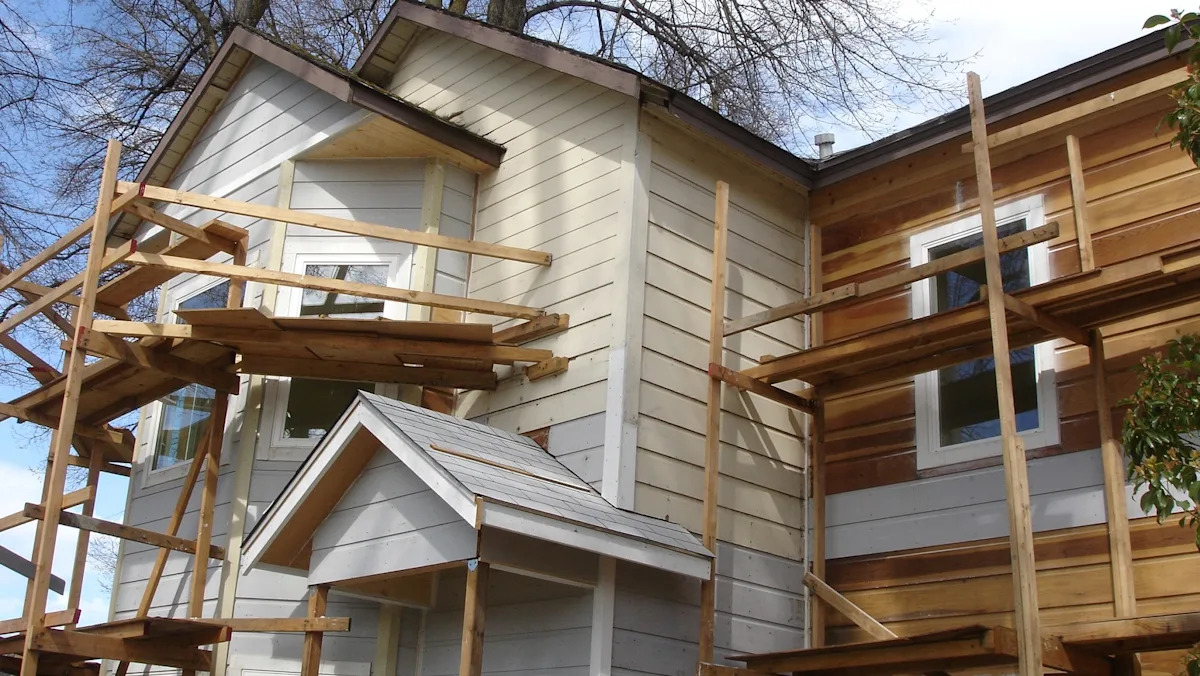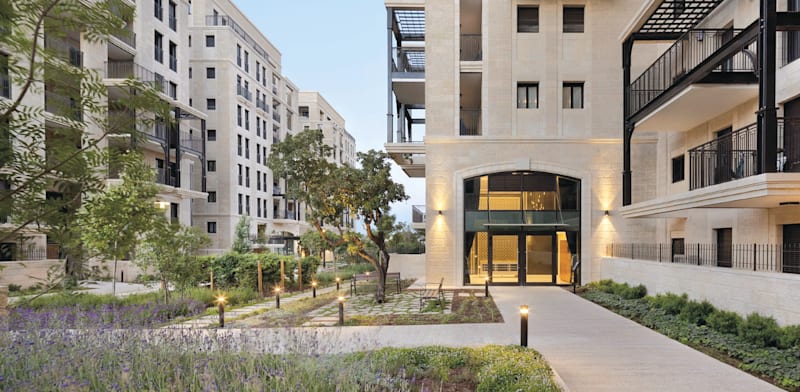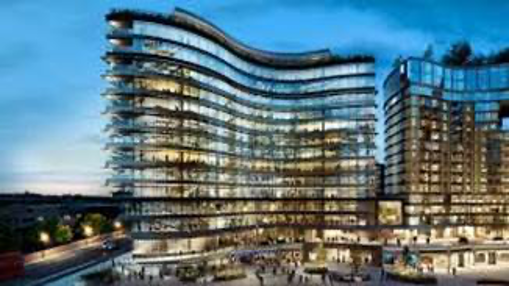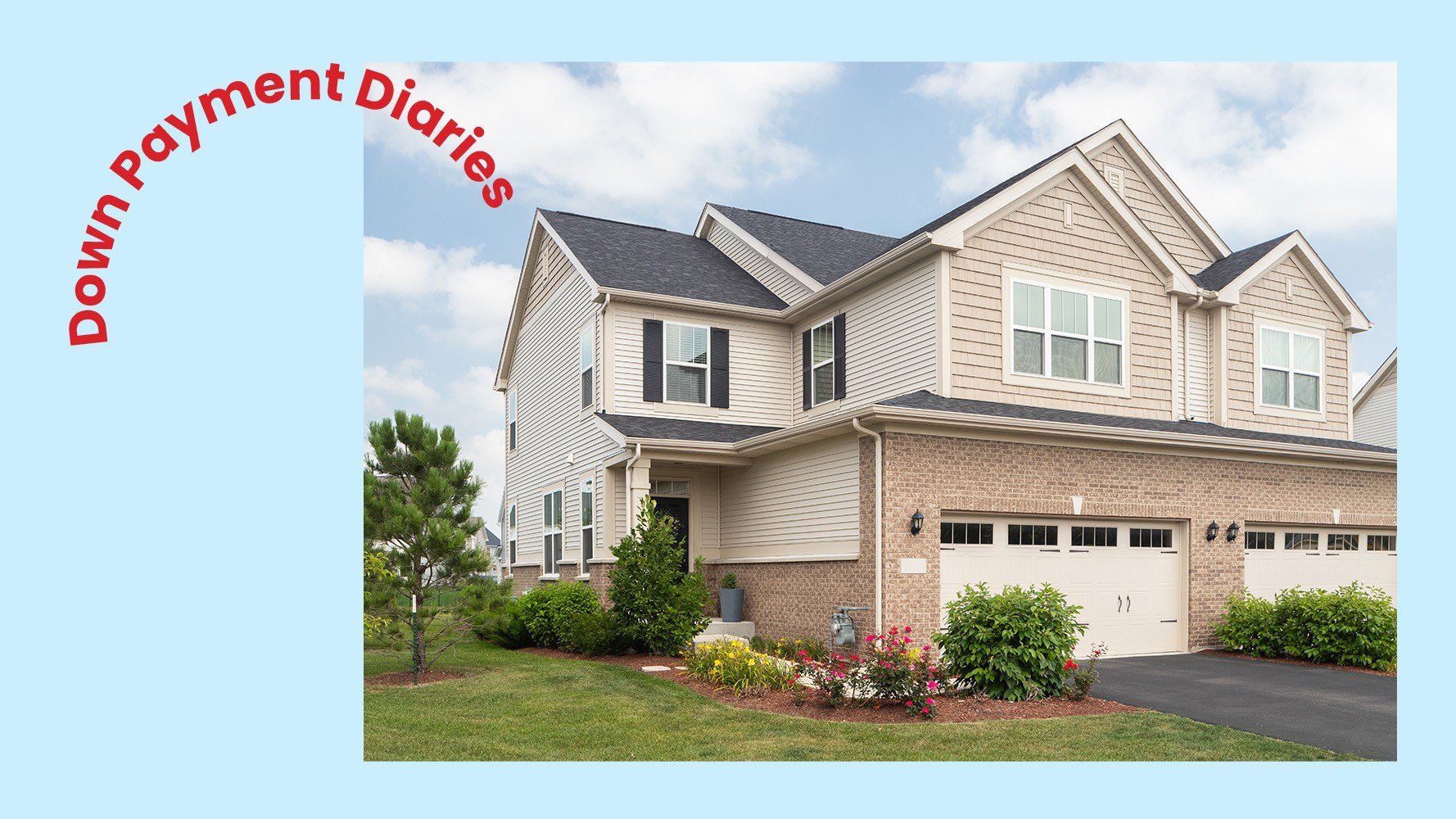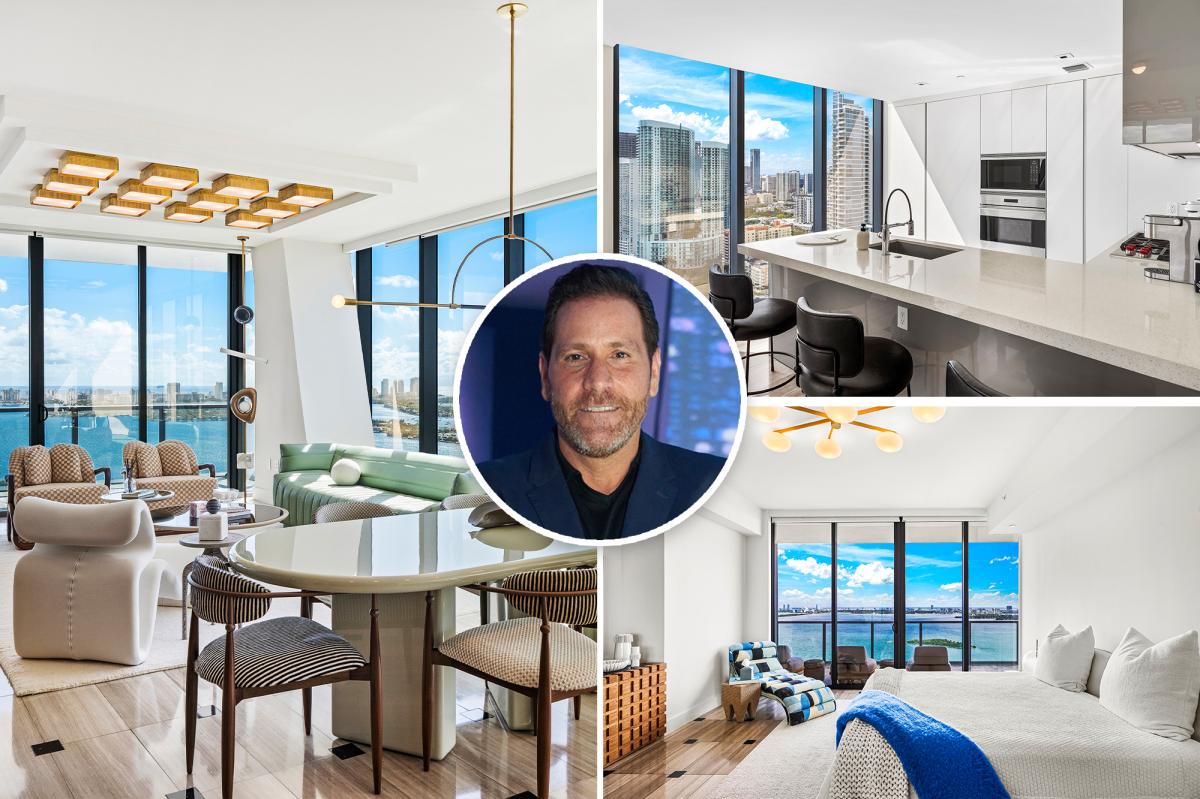R
eal‑estate investors who thrive on spotting hidden value often do so in unexpected ways. A Dallas‑based multifamily platform, S2 Capital, has turned a simple observation—apartment complexes with neglected lawns—into a reliable distress indicator. Founder Scott Everett explains that he looks for a range of red flags: declining year‑over‑year rents, underperforming loan tranches, or owners facing maturing debt with negative cash flow. “Sometimes a rough yard tells you vendors have been cut and cash is drying up,” he says, signaling a potential deal.
During the pandemic’s peak uncertainty, many assumed a flood of distressed assets would trigger a wave of rescue capital. Funds such as Dwight Capital, Denholtz, Peebles Corporation’s Willowbrook Partners, and Lightstone’s $500 million fund were launched in 2023‑24. Yet the reality proved more nuanced. Andrew Weiner of Pillsbury Winthrop Shaw Pittman notes that rescue transactions require complex coordination among lenders, owners, and investors, and are less attractive when valuations are uncertain—especially for vacant office properties amid high rates.
Matt Drummond, senior managing director at Acore, highlights the difficulty of aligning all parties in a capital stack during volatility. Acore’s $1 billion hotel rescue fund (2021) and $1.4 billion debt fund (2022) illustrate the challenges of finding consensus. When stakeholders cannot agree on a path forward, creative rescue capital struggles to step in.
Lenders now see clearer asset values, making discounted payoffs more defensible. In January, S2 deployed $60 million of rescue capital to acquire underperforming multifamily portfolios in Dallas, Nashville, and Knoxville. The deal involved taking over GVA Property Management, securing $170 million in senior debt from Acore through a joint venture with Trinity Investors, and maintaining common equity. S2 projects a 21 % internal rate of return.
Joe Biasi of Newmark’s commercial capital markets notes that instead of a sudden collapse, the market has experienced a gradual “slow roll” of distress. While rescue capital and equity opportunities remain, they have not exploded as many expected. Creative debt solutions—short sales, partner buy‑outs—have emerged, especially for office properties, but these are not pure rescue plays.
Banks, contrary to some predictions, have remained active in debt and senior loan markets. Debt funds grew 67 % YoY, and CRE lending volume in 2025’s first three quarters already surpassed 2024’s full‑year total. Office transaction volume is up 25 % YoY. Banks focus on stabilized multifamily and solid retail assets (e.g., grocery‑anchored centers), pushing private lenders into construction and mezzanine lending—riskier but competitive arenas.
Opportunities still exist to turn distress into new deals. CMBS delinquency rates sit at 14 % for office and 5 % for apartments, indicating capital waiting in the wings. Acore’s Drummond sees potential in industrial assets, particularly spec warehouses that have struggled with leasing. S2’s Fund II, a $373 million vehicle launched earlier this year, targets distressed older multifamily properties. The fund has attracted U.S. and European asset managers, public pensions, multifamily offices, and wealth managers. Everett notes most of the capital has been deployed and anticipates another fund launch in 2024 to capture opportunities through 2026.
Even with anticipated rate cuts, property values remain depressed and equity has been wiped out. Everett expects more players to act toward year‑end. The market’s bifurcation—mid‑ to high‑4 % cap rates for 1990s‑2000s buildings versus higher rates for 1970s‑80s structures—creates a clear distinction. Older buildings often have poorly managed operators and higher borrowing costs, making distressed sales or creative financing the only viable solutions. S2 has stepped in as preferred equity, rolled properties into a master joint venture, and taken over management to stabilize assets.
Acore plans to provide 50‑70 % of value as a lender alongside new equity, or 80‑85 % as an alternative to equity, enabling recapitalization. If the economy continues its current trajectory, Biasi predicts a slow, steady wave of distress and debt, with rescue capital deployed gradually—a positive sign for commercial real‑estate stability. The market will likely avoid extreme distressed pricing unless a broader economic collapse occurs.
For S2, the current environment mirrors the post‑GFC period when the firm began tackling troubled apartments. Its modest fund size allows precise targeting of fleeting opportunities rather than large‑scale acquisitions. “Our fund size is perfect for this type of opportunity,” Everett says, emphasizing the advantage of a focused, agile approach over a massive, indiscriminate buy‑out strategy.



